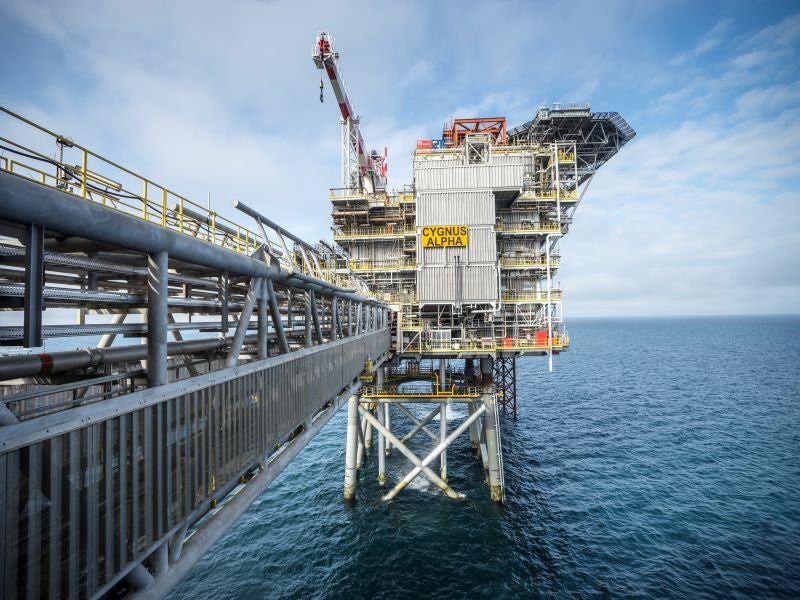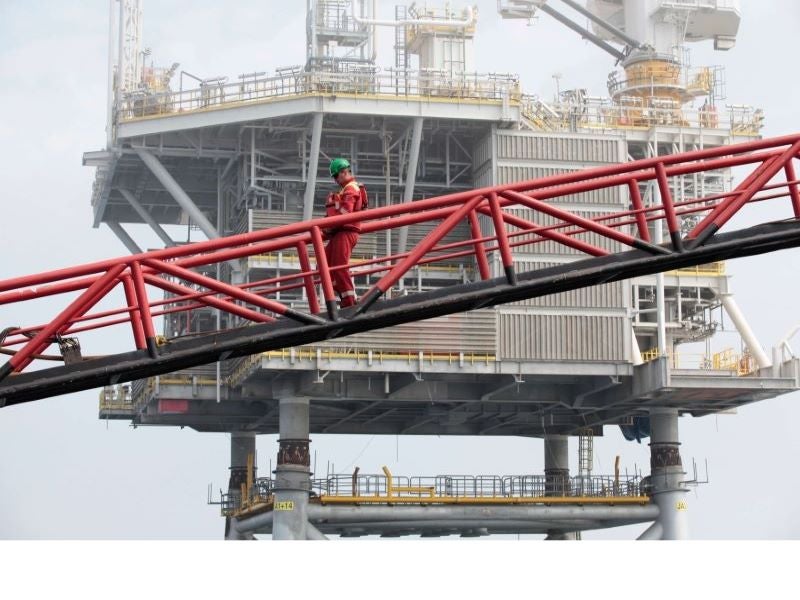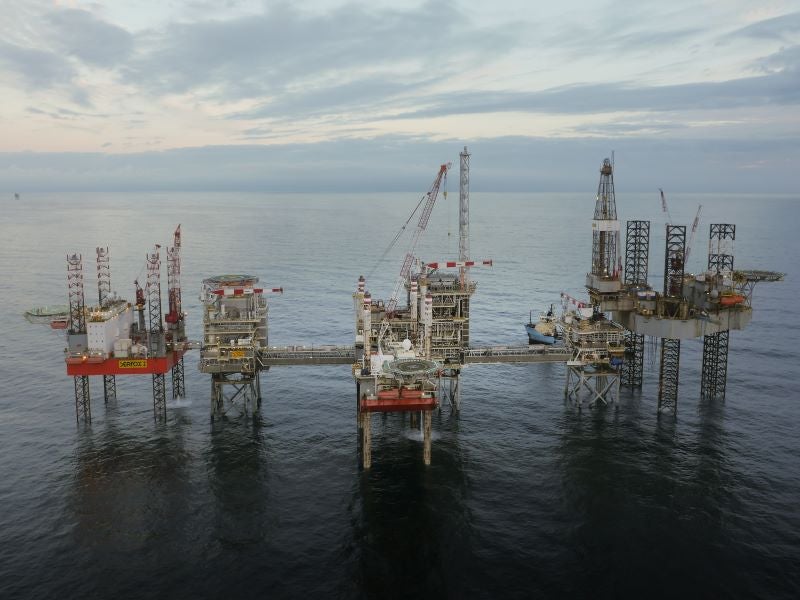The Cygnus field located in the southern North Sea is the single biggest producing gas field in the United Kingdom (UK). The offshore field can supply up to 250 million cubic feet (mcf) of gas a day accounting for approximately 6% of the UK’s total gas needs.
Neptune Energy is the operator and holds a 38.75% interest in the Cygnus field, while the remaining 61.25% stake is held by Spirit Energy.
Although discovered by Marathon Oil in 1988, the final investment decision (FID) on the field development which was estimated to cost approximately £1.4bn ($2.18bn) was reached in August 2012.
The Cygnus field came on stream in December 2016, and is expected to have a production life of more than 20 years. The gas production from the field stood at 16,100 barrels of oil equivalent a day (boed) in 2019.
Neptune Energy picked up a 38.75% stake in the Cygnus field through the acquisition of Engie E&P International (formerly GDF Suez) in February 2018.
Location and field details
Cygnus is a shallow-water gas field located in blocks 44/11a and 44/12a in the southern North Sea, approximately 150km off the coast of Lincolnshire, UK.
The field is spread over approximately 250km2 and the water depth in the field area is less than 25m. The field produces from Leman and Carboniferous reservoirs.
Cygnus field development
The Cygnus field development initially consists of nine horizontal wells spread across two facilities namely Cygnus Alpha and Cygnus Bravo.
The Cygnus Alpha complex comprises three bridge-connected platforms, including a wellhead platform, a processing and utilities platform, and a living quarters and central control room platform.
Cygnus Bravo is an unmanned satellite wellhead platform tied-back to Cygnus Alpha’s processing platform. Cygnus Bravo is located approximately 7km northwest of Cygnus Alpha.
Cygnus Bravo and Cygnus Alpha’s wellhead platforms consist of 10 well slots each.
The gas output from the field is transported through a 55km-long, 24in-diameter export pipeline connected to the Esmond Transmission System (ETS) pipeline.
The gas from the ETS pipeline is further transported to the Perenco-operated Bacton Gas Terminal, Norfolk, UK. Neptune Energy holds a 25% stake in the ETS pipeline.
The Cygnus field went on stream with the commissioning of the Alpha complex in December 2016, while the Bravo platform commenced production in August 2017.
Recent contracts awarded
Oceaneering and Fluor’s subsidiary Stork bagged the integrity management and fabric maintenance contracts worth approximately £4.8m ($6.5m)for the Cygnus gas production platform in January 2021.
Oceaneering will provide integrity management services for pressure systems, structural, pipeline, erosion management and offshore inspection services, while Stork will be in charge of fabric maintenance and scaffolding services.
Petrofac was awarded a four and half year contract extension for providing integrated support services on the Cygnus gas field in December 2016. The value of the contract was approximately £55m ($70m).
The scope of the contract includes the provision of enhanced construction services and production supervision, existing pre-operations, operations, maintenance, engineering and commissioning services.
Earlier, Petrofrac provided integrated services including the supply of competent resources, operations, and maintenance services, emergency responses, maintenance management systems and training services during the pre-operational phase of Cygnus field since 2011.
Eserv, a 3D technology specialist based in Aberdeen, entered into a partnership with Neptune Energy to digitise the oil and gas assets of Neptune, including Cygnus gas platform in August 2020. Eserv employs 3D and artificial intelligence technologies for digital mapping of Cygnus facilities to help in detection of asset integrity issues.
Contractors involved in the Cygnus field development
Heerema Fabrication Group’s Hartlepool yard, UK, was awarded a frame contract by GDF SUEZ E&P UK for the fabrication and commissioning of three topsides, a compression module, two bridges and a flare tower for the Cygnus gas field development in August 2012.
Burntisland Fabrication (BiFab) received a contract for the fabrication and construction of the accommodation platform in May 2013. The scope of the contract includes the design, procurement, fabrication, construction, pre-commissioning assistance, weighing and load-out.
BiFab’s Methil yard was previously awarded a contract for the design and fabrication of four jackets.
AMEC Group, now Wood Group, was awarded the detailed engineering and design contract as well as the hook-up and commissioning support contract for the Cygnus field development.
Saipem received a contract for laying a 50km-long export pipeline from the Cygnus Alpha complex to the Esmond Transmission System (ETS) pipeline, as well as for the construction of a 7km-long infield line from the Alpha complex to Bravo platform.
Ensco was contracted to drill 10 horizontal wells for the Cygnus field. The Ensco 80 jack-up drilling rig was deployed on the field for this purpose.
Isleburn bagged a contract for the fabrication of the subsea structures, WYE manifold and subsea isolation valve (SSIV) in December 2012. GDF SUEZ E&P UK was responsible for the procurement of all components of the structures, while Isleburn performed the assembly of the structures.
Seaway Heavy Lifting Contractors was awarded a contract to provide transport and installation services for the jackets, platforms and subsea structures.





